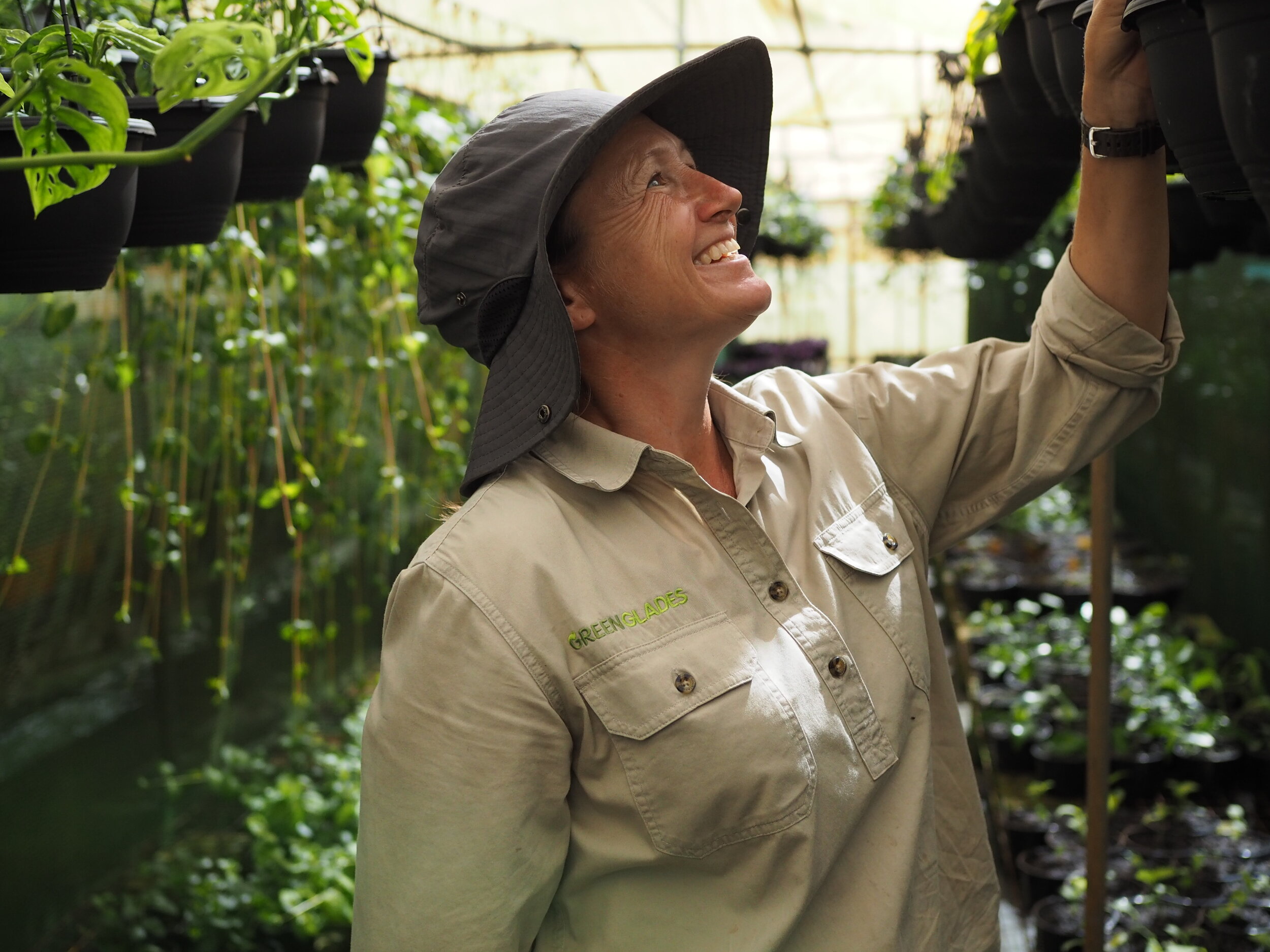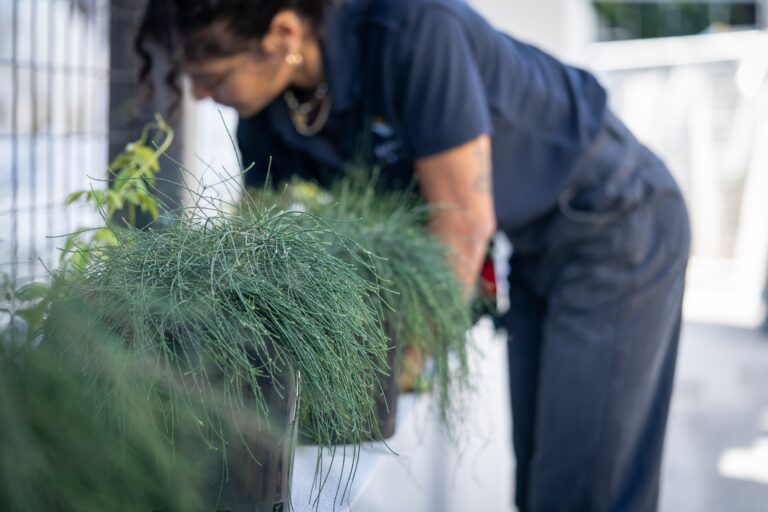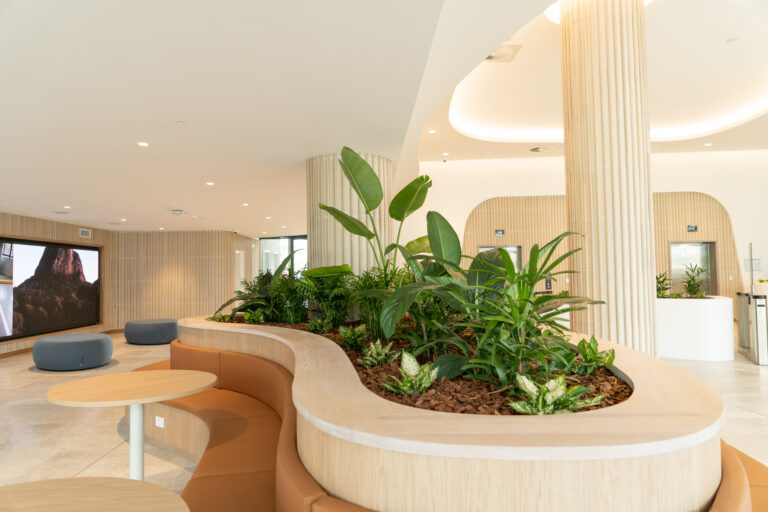Ever wondered what happens to dead or unsightly plants after we have removed them from your site? The answer is plant rehab.
Our indoor plant technicians remove and replace plants for a variety of reasons. From disease to vandalism to plants simply outgrowing the pot they’re in and becoming root-bound. If a plant is looking sad and can’t be rehabilitated in its current setting, we will remove and replace it as a standard part of our ongoing maintenance service.
Sadly, in some instances this means the plants end up in landfill. However, for the last two years, Advance Plants has been trialing a rehabilitation program in partnership with Greenglades—a wholesale nursery up in the Noosa Everglades.


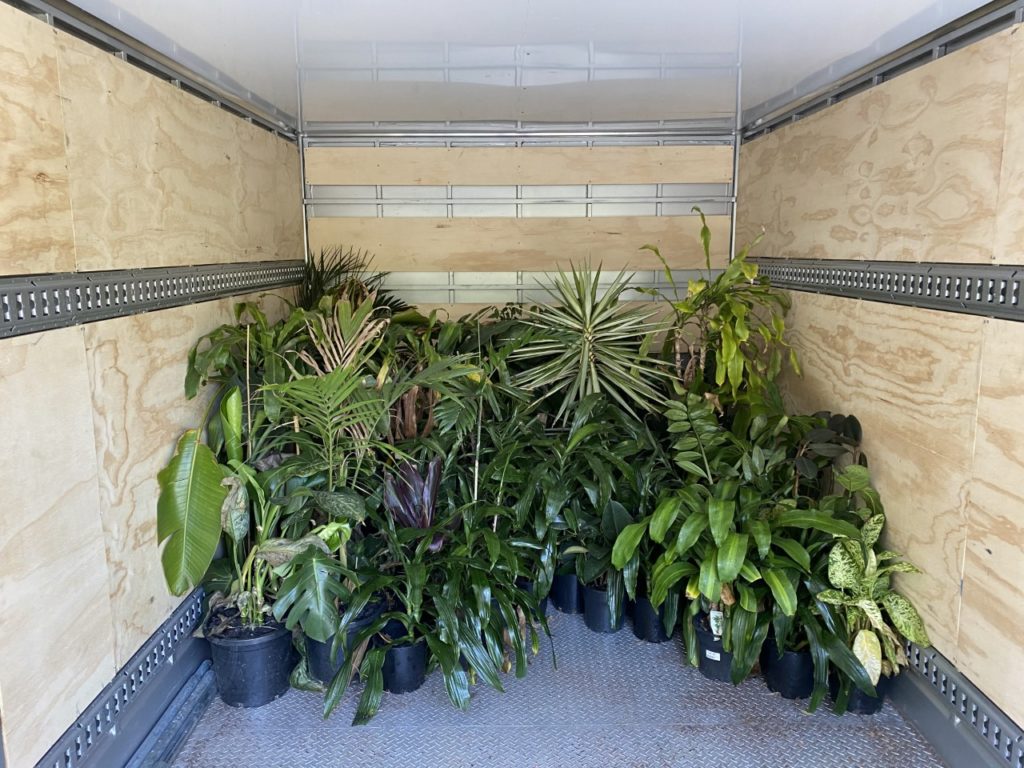

Greenglades Nursery plant rehab
So, how are plants assessed to determine whether they can be revived? Luke Duffy, Greenglades Nursery manager and former tug-boat engineer, explains.
“Plants are very sensitive to stress. Once you get them into a situation where they’re dying, there is a point where they won’t come back. Or if you do manage to get them back, they won’t be good quality,” says Luke.
“If they are good then we’ll clean them up. This generally consists of removing dead foliage, assessing for bugs and pests such as mites or fungal infections.
“We use magnifying glasses to physically look for bugs. Particular types of pests do particular types of damage,” he explains—horticulturists become adept at identifying the cause of damage.
Once a plant has been assessed, Greenglades horticulturists either quarantine and treat the plant according to its diagnosis or discard it if they have decided it is too risky to introduce into the nursery system.
How long does a plant take to rehabilitate?
Depending on their size, plants identified as revivable can take anywhere between four to 12 weeks to rehabilitate.
“For small pots, such as 140mm, you could be looking at 4-6 weeks [to rehabilitate] and 200mm you could be looking at 6-10 weeks. It just depends on the level of damage,” says Luke.
While the environmental impact factors into Advance’s decision to rehabilitate rather than discard plant removals, it is also simply more cost efficient than planting from scratch. A great win-win.
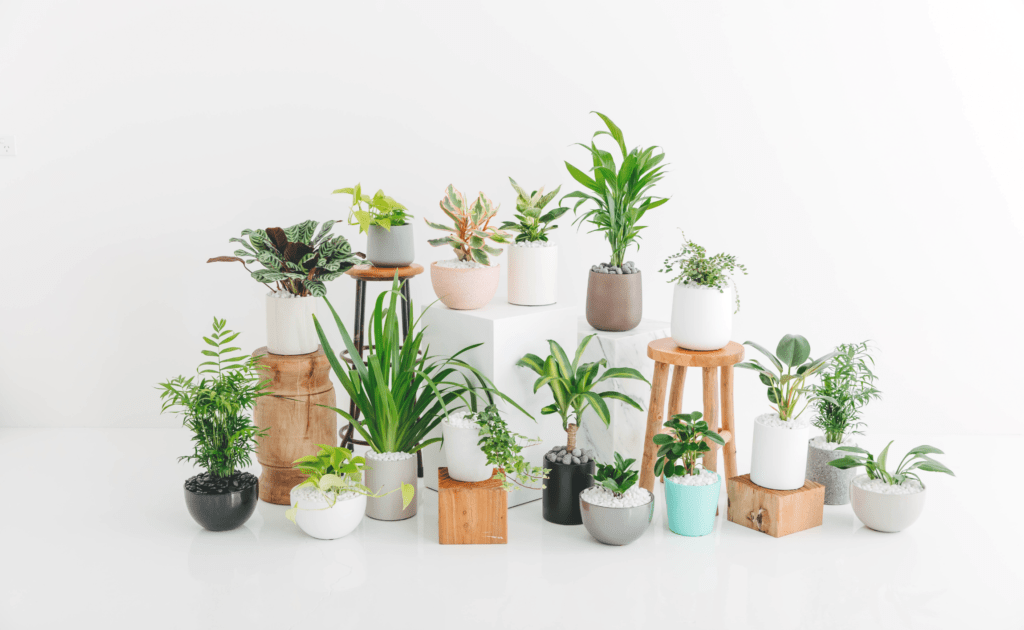
Most popular indoor plant lines
Popular varieties of indoor plant lines at Greenglades (if you’re lucky enough to get your hands on them) include ficus and philodendron varieties as well as dieffenbachia, gardenia and lily pillies.
The art of rehabilitating plants may sound relatively easy, but like gardening, it requires specialist knowledge and skill few are able to execute. Which is why the journey up to the Noosa Everglades is worth it.
As Luke puts it, “there’s something quite satisfying in getting in right as it’s not something all people can do.”
Looking for indoor plant hire services for your South East Queensland business? Contact one of our interior landscape designers today for a free consultation.
